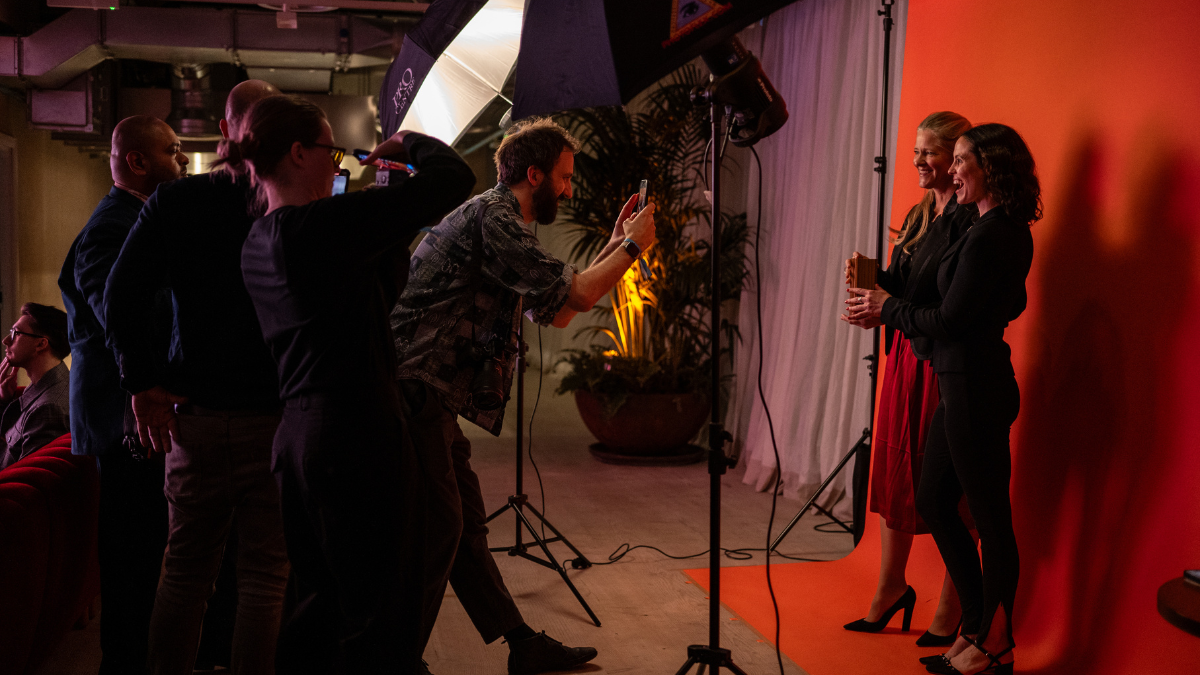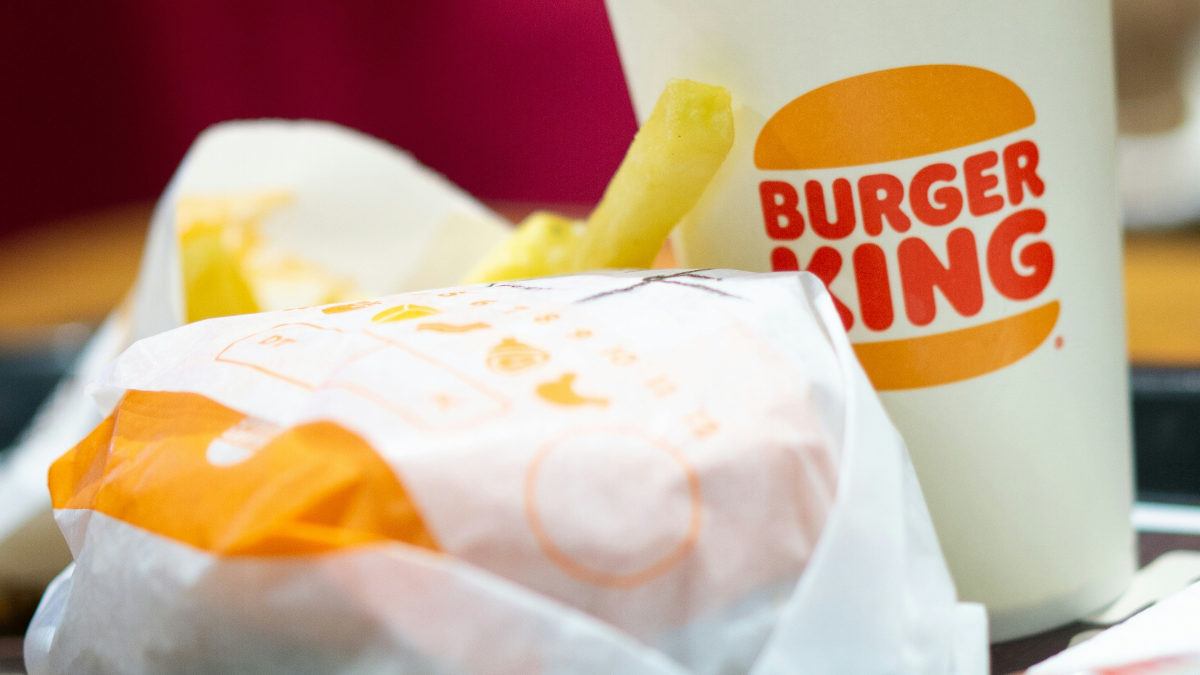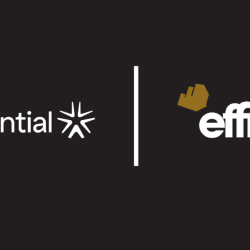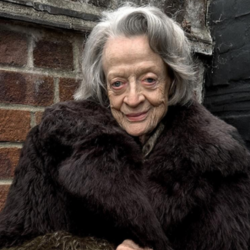We hear the word collaboration a lot on the internet, so much so it’s become one of those go-to terms that risks losing its potency…
It’s often reduced to a marketing buzzword associated with hype, limited drops, and product sales, rather than being recognised as a crucial element of innovation and progress within organisations.
At the Lovie Awards, we’ve been examining collaboration in a much broader context this season. In the context of the internet, collaboration is its founding essence as a ‘network-of-networks’ united through a spirit of global cooperation. This same collaborative ethos was also the original promise of social media. However, these technologies, initially designed to connect us, have recently become more known for polarising us.
Over five months in 2024, we conducted a listening tour across Europe, engaging with over 150 leading creatives, business leaders, and innovators through LinkedIn Live sessions, in-person workshops, and field surveys to dissect the essence of collaboration and ask what makes a good one tick.
We compiled these insights into a comprehensive report, highlighting exclusive perspectives on driving innovation through collaboration. Presented in partnership with Snapchat, the report features expertise from 150+ internet leaders, spanning over 20 markets and various disciplines from art, short film, design, fashion, automotive, communications, AI, sustainability, behavioural science, and marketing to publishing.
The report covers various aspects, including ethical partnerships, information sharing, open resources, finding complementary partners, and leveraging a collaborative edge.
In this article, I’m pleased to share some of the key insights from the findings of the report:
Defining collaboration
Effective collaboration thrives on flexibility and shared values rather than rigid structures. It emphasises the need for mutual trust, openness, and the ability to adapt based on collective input.
Tudinh Duong, CEO of Made By ON, further elaborated on this with an Ikebana analogy: ‘There’s this aspect of Ikebana (生け花), which is a Japanese art form for flower arrangement and I’ve always found it quite beautiful. It’s an art form that allows one to capture and shape, and also reflect upon the beauty and chaos of life, much like collaboration. Collaboration isn’t simple and clean. It’s rather messy at times. It can also be quite beautiful as well. Collaboration is like Ikebana — it’s about creating beauty out of chaos.’
Nina Kong, Head of Strategy, EU, Highsnobiety, highlighted the importance of psychological safety: ‘Psychological safety. Where introverted people and extroverted people can have the same level of energy, and they can walk away from the interaction feeling equally fulfilled, and equally drained but there’s no big disconnect as to who gives and who takes.’
Katrina Encanto, Executive Creative Director, notes, ‘I think in most successful collaborations, there’s a little bit of conflict,’ reflecting the complex interplay of ideas involved.
Getting a collaboration going
Creative leaders emphasise that the most meaningful collaborations often begin with a proactive, well-pitched idea that aligns with both partners’ core missions and values. It’s crucial to find and select collaborators who share your ambition and enthusiasm.
Daisy Alioto, CEO of DIRT, shares, ‘Working founder to founder with another startup, it’s very easy to get to a yes. Startups often have fewer resources than larger brands and lack huge advertising budgets. When you find others who share the same emotional stakes or curiosity, it’s a beautiful thing. Two people with limited resources coming together to stretch their means and amplify their values is truly powerful.’
Severin Matusek, Founder & Managing Director of co—matter, highlights the value of open calls: ‘I’m a big proponent of Open Calls. They force you to articulate your vision in a way that others can connect with, and when done successfully, they magically attract the right people to apply. There’s a completely different dynamic when someone applies to be a collaborator versus being invited to collaborate.’
Additionally, introduce new open-source platforms like Sublime and Are.na, along with established messaging platforms like Snapchat, to revitalise digital collaborations at the cutting edge of culture.
The problems with collaboration
Sometimes, collaboration itself can be problematic. While having multiple stakeholders on a project offers advantages, conflicting visions can dilute your message. Creative leaders suggest that maintaining lean, more isolated business models can create more impactful collaborations with broader reach.
Pär Heyden, Head of Brand & Creative Director at Polestar, explains, ‘We work with very few external partners. We started off working with the standard ad agencies, media agencies, and whatnot, but we found that we ended up doing more in-house. Now, no ad agencies lead our creative work. All the creative power is strategically in-house. We do need collaborators — people, hands, and feet on the ground — but those are seldom new, as we rarely bring new people into the mix.’
Heyden further reflects on the landscape of internet collaborations now: ‘Can’t we be creative without having to have two brand names put together or two logos next to each other? I think we can do interesting things with just internal collaboration. I’m sort of allergic to those logo mashups.’
Ethical collaborations
Ethics are fundamental to any collaborative effort. Participants emphasised the importance of maintaining integrity, transparency, and respect for all parties involved. Ethical collaborations are driven by a commitment to shared values and long-term impact, going beyond mere compliance and hype. They require a holistic understanding of the audience to represent their identities and narratives meaningfully. As the industry increasingly focuses on creating symbiotic relationships with audiences, mutual respect becomes crucial.
‘Understand what your audience demands of you. Be proactive consistently to ensure these demands have been understood from the brief,’ advises Natalie Brierley, Global Network and Communications Manager at M&C Saatchi Group.
Jennifer Carey, Head of Media at Channel 4, adds, ‘Do your due diligence. Look outside your own bubble/echo chamber.’
Carry Somers, Co-Founder of Fashion Revolution, highlights the value of forming meaningful relationships with smaller partners and engaging in genuine dialogue: ‘Forming meaningful relationships with smaller partners, engaging in a genuine dialogue, and sharing information in ways that are mutually beneficial can help address the complex, interrelated issues we are facing and shift the power asymmetry along the way.’
The state of collaboration in Europe
Slowing down might be a distinctly European trait. While Western counterparts in the United States often embrace a ‘live to work’ mentality, European organisations favour a slower, more deliberate approach. This cultural difference sets the tone for how business and collaborations are developed at both local and regional levels.
In Europe, there is more funding available for work centred on art and culture, spanning from education to practice. This support is evident across all levels — from cultural institutions to small indie creators and multidisciplinary artists.
Janvier Wete, CEO & Founder of Minute, reflects on this: ‘Collaboration tends to be slower in Europe. But collaboration in Europe tends to be longer lasting. Once you have a collaboration locked in, it tends not to just be a one-off; it evolves into a nurturing relationship that’s more enjoyable.’
Dream teams
To gain a clearer picture of the evolution and future potential of collaboration, we asked our community about their ‘dream teams.’ We explored both the collaborations that got away and those we’re envisioning for the future. Our community shared their ideal examples of top-tier collaborative partnerships. To find out who they aspire to collaborate with and see the standout examples of high collaborative competence, you’ll need to download the report.
For the first time ever, The Lovie Awards will be awarding ‘Collaboration of the Year’, as well as honours across AI, Web3 & XR, Apps, Platforms & Software, Film & Video, Podcasts, Social, Marketing, Advertising & PR and Web & Mobile Sites. We encourage MediaCat readers to consider entering The Lovie Awards and amplifying your creativity on a world stage. The deadline is Friday, 2 August.
Featured image: Lovie Awards



































